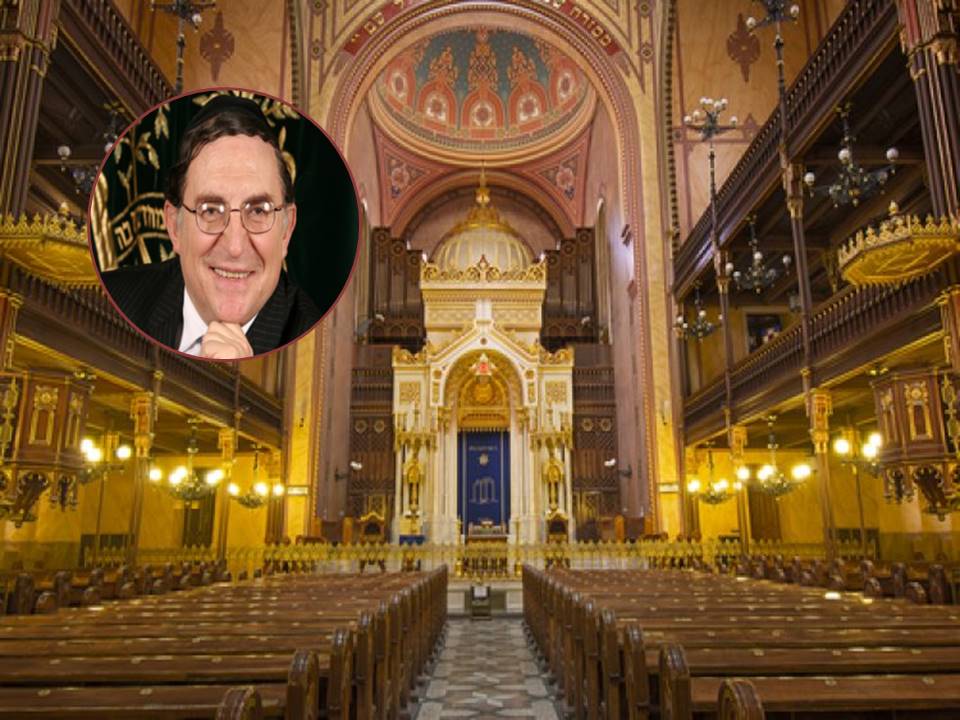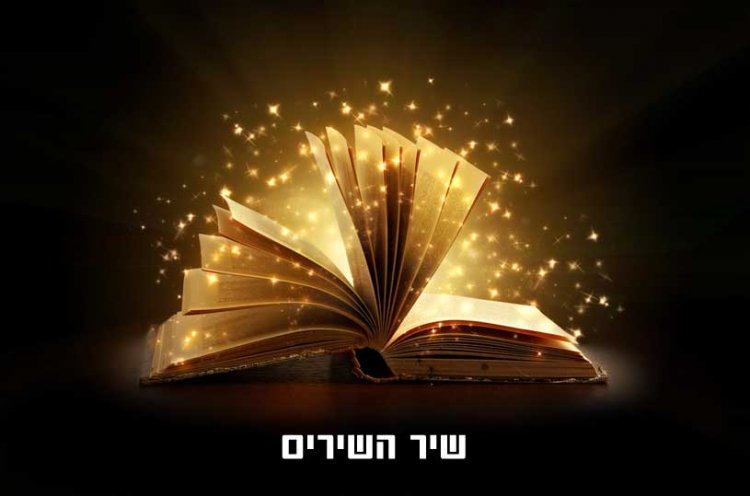Les proches qui pleuraient amèrement la mort de leur chien ont interrogé le Rabbin de leur quartier. Nous souffrons beaucoup de la mort de notre fidèle chien bien-aimé, pouvons-nous lire la bénédiction “Beni es-tu Eternel… juge de vérité” ?
Le Rav Its’hak Zilberstein, à qui la question a été soumise a répondu :
Le Biour Halakha (Chapitre 222) enseigne ” Si une personne découvre que son vin a tourné, elle lira la bénédiction “Beni es-tu Eternel… juge de vérité” (Ndr : c'est la même bénédiction qu'il faut lire lorsqu'on apprend le décès d'un proche). Il est évident qu'il en va de même si les biens d'une personne ont brûlé, ou que son animal est mort ainsi que toutes les choses pour lesquelles les hommes s'affligent habituellement”.
Il est donc à priori possible de réciter cette bénédiction pour la mort d'un chien aimé.

Pourtant, il y a une différence de taille. Lorsque le Biour halakha recommande de lire cette bénédiction suite à la mort de son animal, c'est parce qu'il y a une perte, généralement l'animal en question impliquait des entrées financières. Dans le cas présent, la famille voulait dire cette bénédiction, non pas à cause de la perte, mais par amour et nostalgie pour leur chien. Or D.ieu nous demande d'aimer nos prochains mais l'amour de son chien ne fait pas partie des commandements. La fonction de cet animal est de protéger son propriétaire, et c'est pourquoi il ne faudra pas réciter de bénédiction.
Cependant, si le chien remplissait son rôle avec efficacité en protégeant son maître des voleurs, si le propriétaire regrette la perte financière subie avec la mort de ce compagnon, il semble qu'il pourra lire cette bénédiction (le chien ayant un prix élevé).
D'ailleurs, un aveugle dont le chien était mort et qui en souffrait beaucoup est venu nous interroger à ce propos, s'il pouvait lire la bénédiction en question. Nous lui avons répondu que puisque le chien valait très cher, et qu'il en avait besoin pour marcher il lui sera permis de réciter cette bénédiction, sur la perte financière subie, et sur la difficulté d'adaptation au nouveau chien qu'il recevra.



